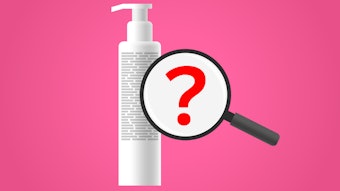Industry expert Tony O’Lenick asks: What is the difference between a drug and cosmetic? David Steinberg offers the explanation:
A drug and a cosmetic are defined in the United States by the 1938 Food, Drug and Cosmetic Act.
Drugs are: "(A) articles intended for use in the diagnosis, cure, mitigation, treatment, or prevention of disease, and (B) articles (other than food) intended to affect the structure or any function of the body of man or other animals."
Cosmetics are defined as: "articles intended to be rubbed, poured, sprinkled, or sprayed on, introduced into, or otherwise applied to the human body...for cleansing, beautifying, promoting attractiveness, or altering the appearance."
There are several critical differences. The first is that drugs have active ingredients while cosmetics do not. The U.S. Food and Drug Administration (FDA) regulates animal drugs but not cosmetics for animals. Finally, it is the intent that frequently determines if the product is a drug or cosmetic. If the product is intended it to affect the structure/function of the body, it is a drug. This depends on the labeling and advertising.
Drugs can have cosmetic properties and these are regulated as drugs. Cosmetics with drug prosperities are regulated as drugs.










